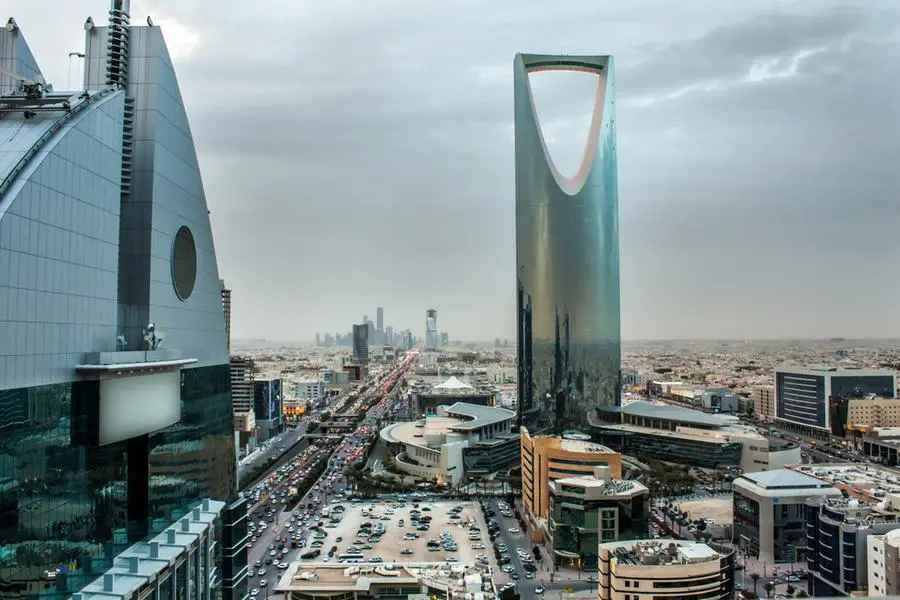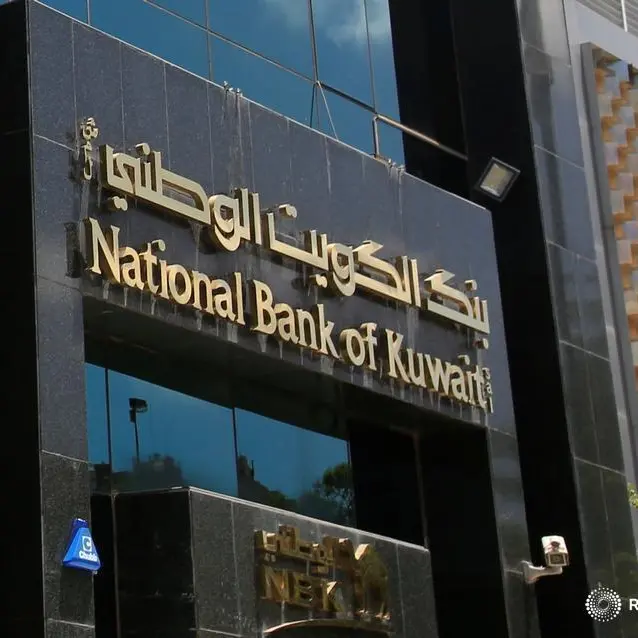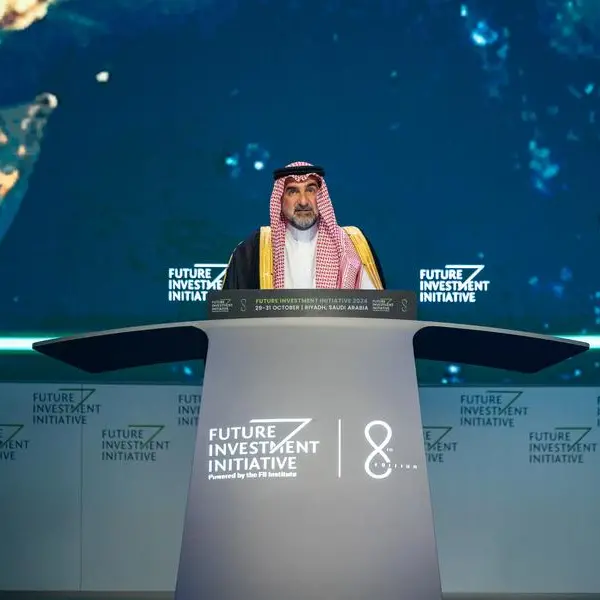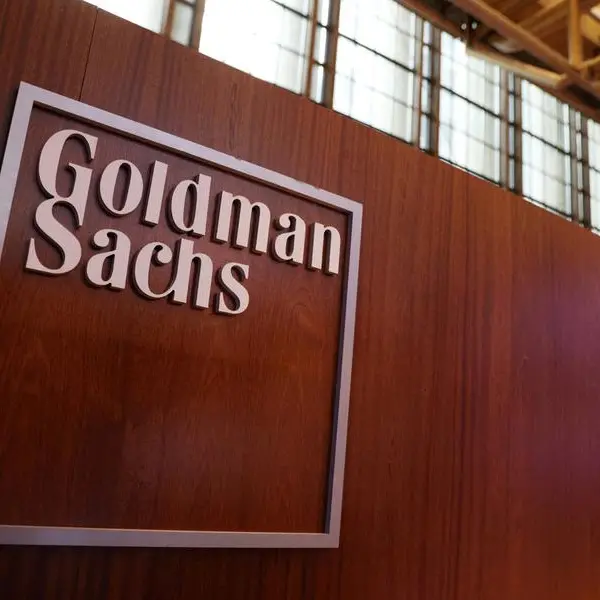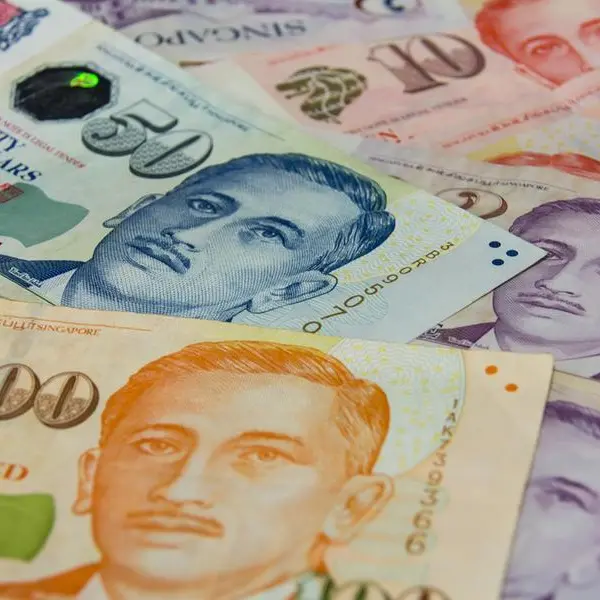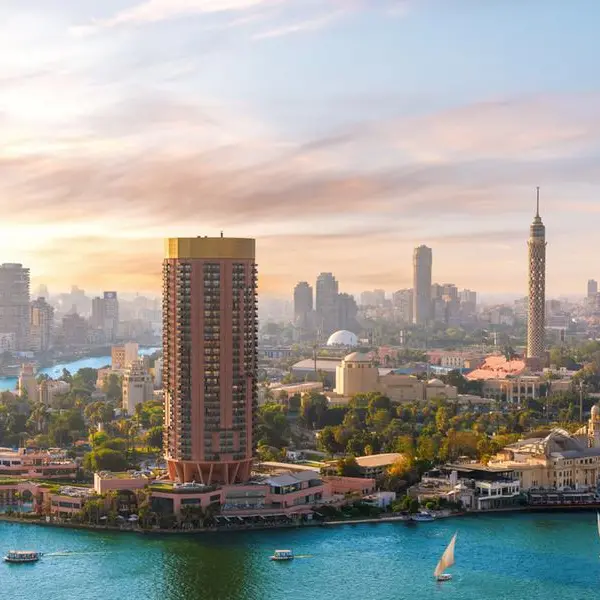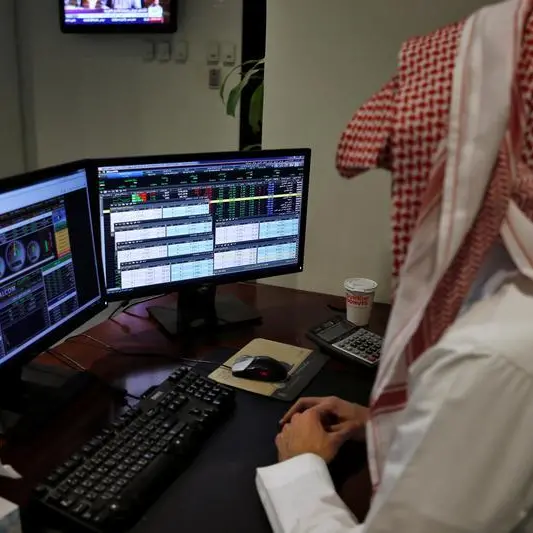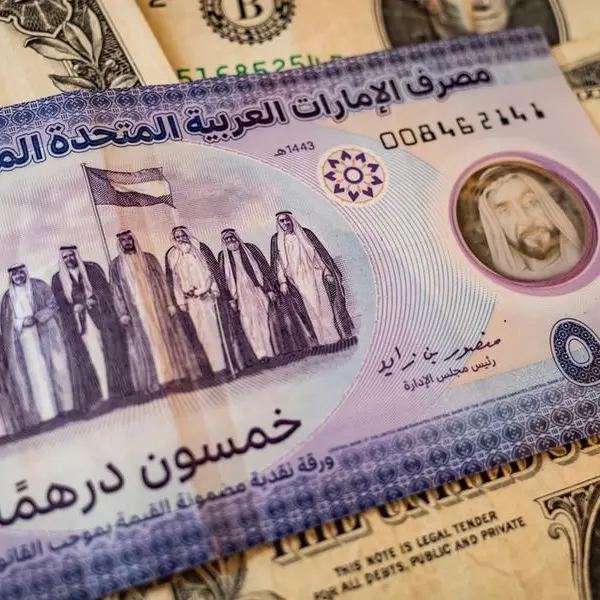PHOTO
Saudi Arabia is poised to invest $1 trillion in a “capex super cycle”, with 73% of the capital infusion designated to fuel the kingdom’s non-oil economy by 2030, according to Goldman Sachs.
Goldman Sachs also highlights an estimated $25 billion-per-year funding gap for the country’s capex projects, while shifting focus on alternative sources of financing to address liquidity concerns.
Saudi Arabia’s realignment on developing its non-oil economy has seen a notable shift from the earlier forecast, which pegged the country’s non-oil investment at 66%, Faisal AlAzmeh, who heads CEEMEA equity research at the US-based investment bank, said.
According to estimates, capex in the oil sector likely to shrink by $40 billion between 2024 and 2028.
While natural gas will remain “a key contributor to the country’s decarbonisation, economic development, and diversification plans,” according to AlAzmeh, Saudi’s potential investments in “upstream” oil and gas have shrunk to $190–$220 billion from the previous range of $230–$260 billion, the study found.
Saudi goes green
Clean energy leads in the capex outlook of the six strategic sectors highlighted in the report. According to Goldman Sachs research, the sector is expected to receive $235 billion in funding, up from a previous forecast of $148 billion, with the increase driven mainly by renewables as Saudi Arabia more than doubles its 2030 capacity target.
Over the past year, the government’s progress in renewable energy has quickened, with the investment bank identifying about 11 GW of solar photovoltaic capacity in the execution pipeline, in addition to 16.7GW in solar and wind capacity in planning stages, as of June 2024. The Saudi government has also raised its solar energy target for 2030 from 58.7 GW to 100-130 GW.
The kingdom is also funding sectors that enable an economic diversification away from oil, such as metals and minerals, transport and logistics, and digitalisation, with a collective tally of $400 billion earmarked to drive this growth.
Fiscal concerns
With oil prices remaining in the $80-$85 range and production down to 9 million barrels per day, Goldman Sachs Research estimates that the country’s budget deficit will widen to 4.3% of GDP this year, up from 2% last year.
Around 2.6 percentage points of the deficit will be the result of increased spending, with the rest driven by lower oil revenues.
While the investment bank remains “uncertain” how a higher deficit will affect the pace of planned investments, it states the capex super-cycle will likely remain an important theme in Saudi Arabia for the foreseeable future, according to its analysts.
In recent months, Saudi has ramped up its debt issuance to finance its Vision 2030 plans, while reports of revised blueprints of some giga projects, including The Line, have been reported by the media.
By the first half of the year, the kingdom raised over $35 billion in bonds and sukuk, accounting for more than three-quarters of the total GCC sovereign issuance, which hit $45 billion, the highest debt issuance since 2020.
Liquidity concerns have also been highlighted by Goldman Sachs Research, citing the kingdom’s banking system data for May 2024, which shows loan growth outpacing deposits.
“To bridge an estimated $25 billion-per-year funding gap for its capex projects, Saudi Arabia will have to tap alternative sources of financing,” the report said, noting that this will include deepening its equity capital markets in a bid to reduce the burden on its banking sector.
In April, ratings firm S&P Global emphasised that banks could liquidate a portion of their investment books as an alternative, with the potential downside being a reduction in balance sheet liquidity as the money raised would be redeployed in less liquid assets.
An issuance of external debt has also been a focus of Saudi banks tapping capital markets, which S&P said would continue for the next three to five years.
(Reporting by Bindu Rai, editing by Seban Scaria)
